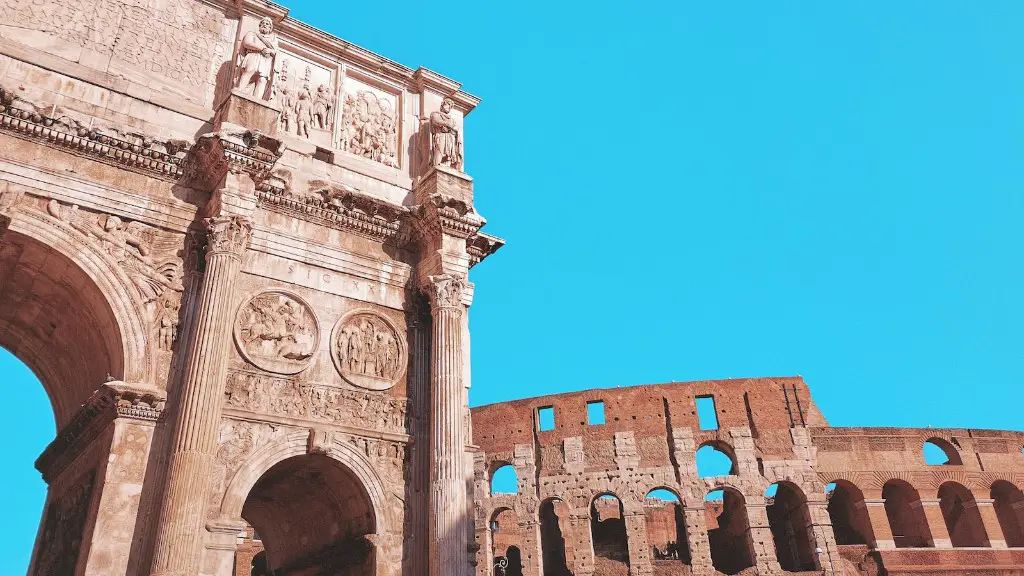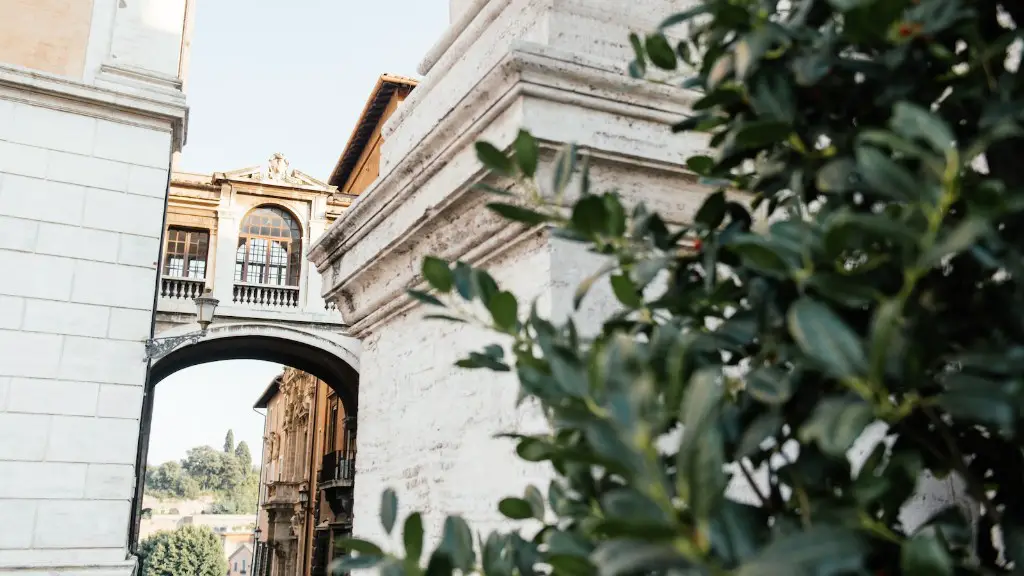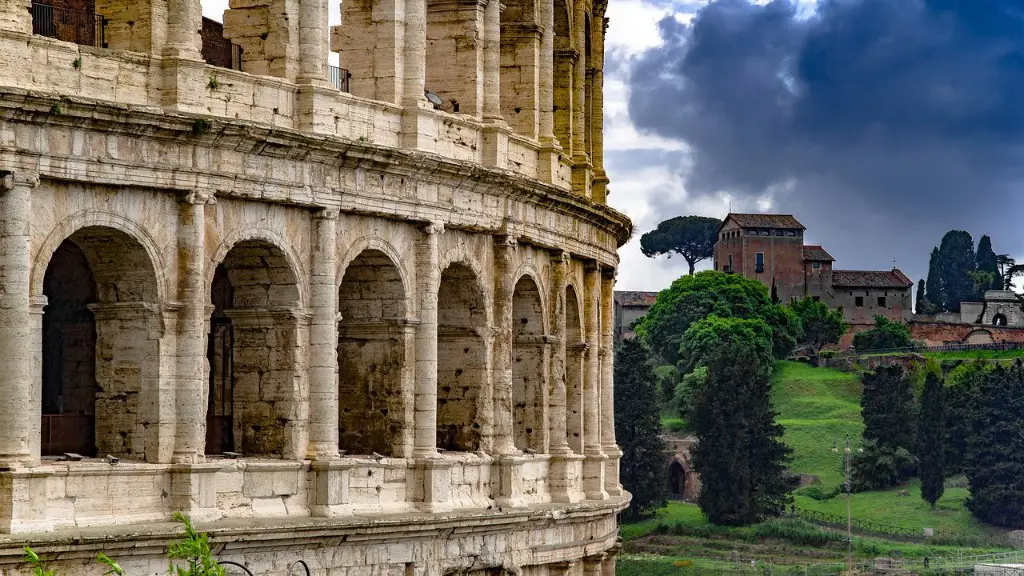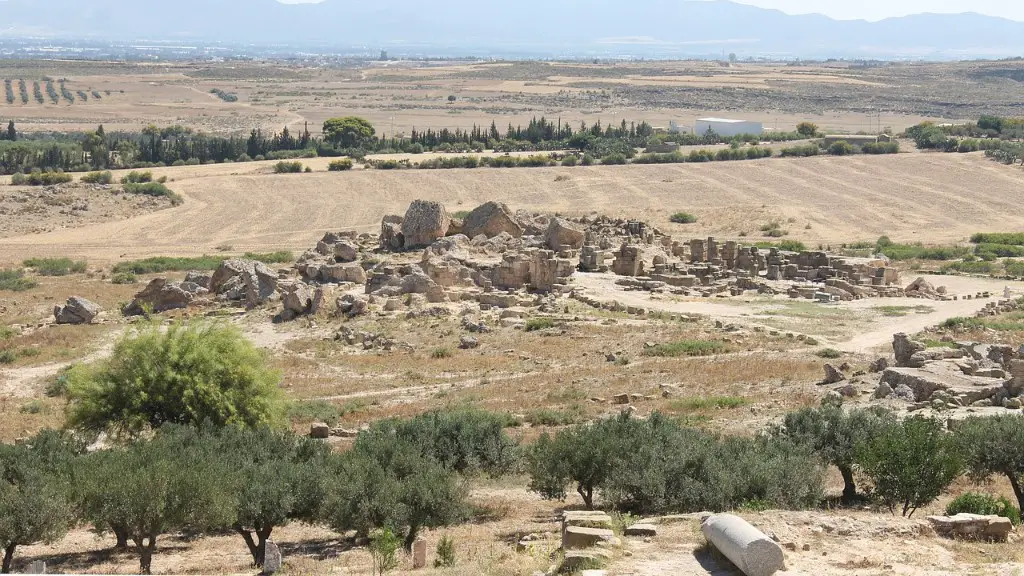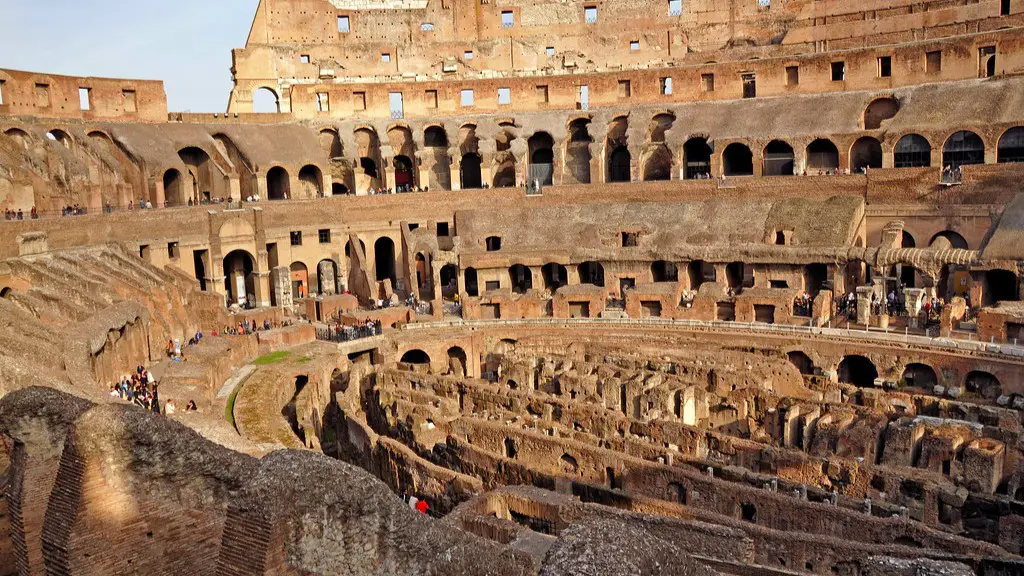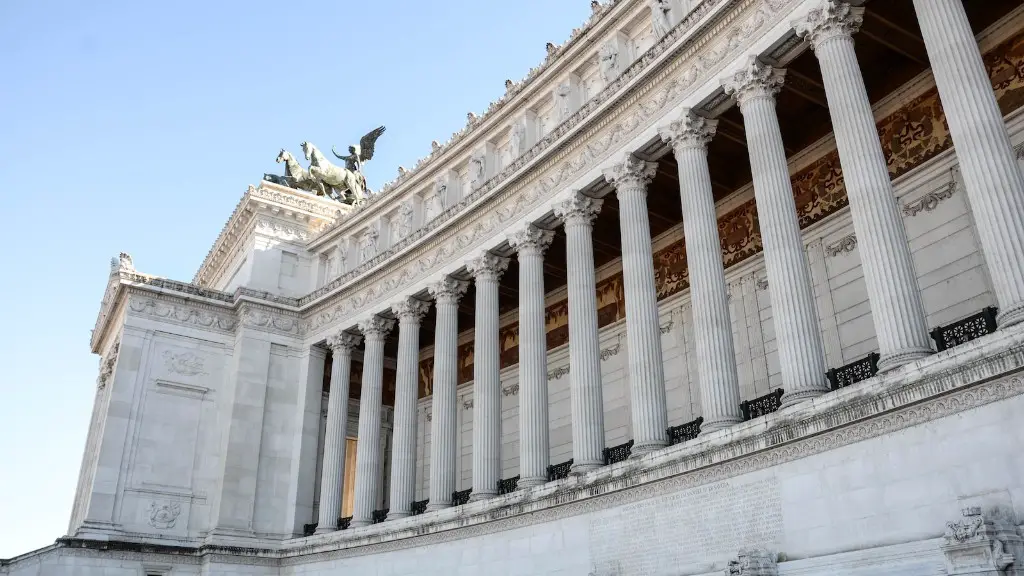Yes, ancient Rome did have aqueducts. The first aqueduct was built in 312 BC and was used to bring water to the city of Rome. By the end of the Roman Empire, there were 11 aqueducts in Rome.
Yes. Ancient Rome did have aqueducts.
Did Rome have aqueducts?
Roman aqueducts were built to transport water from a nearby source to a city or town. The Pont du Gard in France is one of the best-preserved examples of a Roman aqueduct. It was built about 2,000 years ago and is about 31 miles long. Aqueducts were not the Roman’s first choice for water-delivery systems, as they would use buried pipes when possible. But aqueducts were necessary when the terrain made buried pipes impractical.
The Aqua Appia was the first of 11 aqueducts constructed to supply ancient Rome with water. It was built in 312 BC by the censor Appius Claudius Caecus. These aqueducts were vital to the growth and prosperity of Rome, and helped to make it one of the most powerful empires in the world.
How did ancient Rome get water
The aqueducts were a vital part of Rome’s water system, carrying water from springs, reservoirs, and rivers into the city’s metropolitan area. The introduction of aqueducts to the Roman water system allowed water from further outside the city to be utilized, which increased the amount of water at the Romans’ disposal.
The development of aqueduct technology allowed the Romans to tap into distant water sources to supplement their local water supply. Aqueducts not only provided a reliable and consistent source of water for the city of Rome, but also allowed for the development of public baths and other public works projects that required a large volume of water. The aqueduct system was one of the most impressive engineering feats of the Roman Empire and was instrumental in the city’s growth and prosperity.
How did Romans purify water?
The ancient Romans used a filtration process to purify their water. This process involved using settling basins and air exposure. The basins were a pool of water where the water would slow down. This slowing allowed impurities such as sand to drop out of the water as it moved.
Rome is known for its public fountains, which served as the only source of potable water for ancient Romans. Only the wealthy had private access to water in their homes. This meant that the poor had to rely on the public fountains, which were often dirty and contaminated. This led to many cases of water-borne illnesses, which were a major problem in ancient Rome.
Do any Roman aqueducts still work?
The Acqua Vergine was one of the earliest aqueducts built in Rome. It was constructed in 19 BC and has been restored several times over the centuries. The aqueduct still functions today and brings water to some of the city’s fountains.
The Roman aqueducts were a vital part of the Roman water system, but due to lack of maintenance, there were often leaks that resulted in water not running inside the aqueducts. This meant that the Roman water system was not always reliable, and often times the water would have to be rationed.
Did slaves build the Roman aqueducts
It is estimated that there were over 20 million slaves in the Roman Empire at the height of its power. Slavery was an essential part of the Roman economy and society, and it played an important role in the country’s infrastructure and development.
The aqueducts were a system of channels and bridges used to transport water from sources outside of the city to the people of Rome. The aqueducts were a major engineering accomplishment and were a vital part of Roman life. The aqueducts not only supplied the city with fresh water for drinking and bathing, but they also were used to fill the Colosseum with enough water to float flat-bottomed boats. This allowed the Romans to stage naval battles inside the Colosseum, providing entertainment for the people of Rome.
Why is the water in Rome so good?
Rome’s water engineering accomplishments are some of the most impressive in history. The city’s aqueducts are a testament to the ingenuity and engineering prowess of the Roman people. Having access to clean water was critical to the health and happiness of the population. The public baths and fountains were a vital part of Roman life, providing a clean and convenient way to stay healthy.
The Trevi Fountain is one of the oldest water sources in Rome. The fountain dates back to ancient Roman times, since the construction of the Aqua Virgo Aqueduct in 19 BC that provided water to the Roman baths and the fountains of central Rome. In the 16th century, the fountain was rebuilt by Pope Julius II and became one of the most important symbols of the city of Rome. The Trevi Fountain is considered to be a masterpiece of Baroque architecture and is one of the most famous fountains in the world.
How far did the Roman aqueducts go
The aqueduct was a Roman engineering marvel and one of the main reasons why the city of Rome was able to grow so large. The aqueduct brought water from a river in the Apennine Mountains over 90 miles away and provided the growing city with a reliable source of water. This allowed the population of Rome to double in size, making it one of the largest cities in the world.
The Sahara is a vast expanse of desert that spans much of North Africa. For centuries, the Sahara has been a barrier to travel and trade. However, the Roman Empire was able to establish trade routes across the Sahara, opening up a whole new world to trade and commerce.
The Romans established five main routes across the Sahara: through the Western Sahara, toward the Niger River, near modern Timbuktu through the Tibesti Mountains, toward Lake Chad and modern Nigeria up the Nile valley through Egypt, toward the Great Rift Valley. Each of these routes was vital in connecting the Roman Empire to the rest of the world.
The Roman trade routes across the Sahara were a remarkable feat of engineering and a testimony to the power of the Roman Empire. These routes allowed the Romans to tap into new markets and to exchange goods and ideas with cultures that were previously inaccessible. The Sahara trade routes were an important part of the Roman Empire and helped to make it one of the most powerful empires in history.
How many miles of aqueducts did the Romans build?
The city of Rome is home to some of the world’s most impressive aqueducts. These man-made water channels are estimated to have a combined length of between 490 and 500 miles (29 of which are above ground). It is believed that they supplied around 1 million cubic meters (300 million gallons) of water to the city each day. Today, these ancient engineering marvels continue to serve as a reminder of the Roman empire’s impressive engineering abilities.
Roman toilets were not flushed in the traditional sense. Some of them were tied into internal plumbing and sewer systems, which often consisted of just a small stream of water running continuously beneath the toilet seats. This was not an ideal system, as it did not provide a way to remove solid waste from the toilets.
Final Words
Yes, ancient Rome had aqueducts.
The ancient Romans were well known for their complex system of aqueducts, which provided water for public baths, fountains, and private homes. The aqueducts were an engineering feat, and their construction was a testament to the Roman’s engineering abilities.
